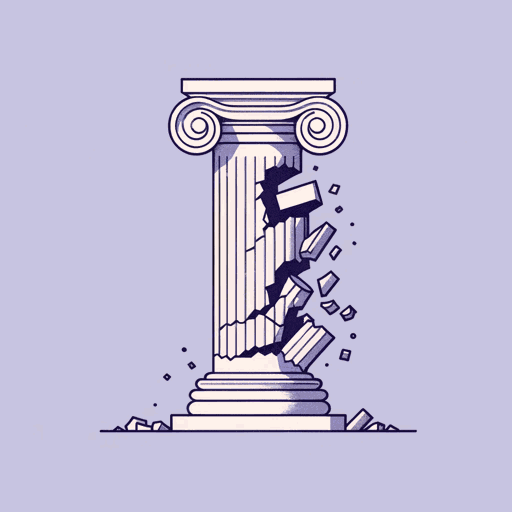44 pages • 1 hour read
Patrick J. DeneenWhy Liberalism Failed
Nonfiction | Book | Adult | Published in 2018A modern alternative to SparkNotes and CliffsNotes, SuperSummary offers high-quality Study Guides with detailed chapter summaries and analysis of major themes, characters, and more.
Chapters 2-3Chapter Summaries & Analyses
Chapter 2 Summary: “Uniting Individualism and Statism”
In reflecting on the division of modern politics, Deneen muses that there seems to be a dichotomy that exists regardless of system:
Whether described as left vs. right, blue vs. red, or liberal vs. conservative, this basic division seems to capture a permanent divide between two fundamental human dispositions, as well as two worldviews that are mutually exclusive and jointly exhaustive of political options (43).
Typically, one side will champion progress, reform, and change and will be future oriented. The other will be strident in preserving past ideals and holding up the customs of the past as received wisdom that should only be changed in the gravest of circumstances and after much reflection.
What most fail to recognize is that modern American politics is simply about two different types of devotees to liberalism: classical liberals (American Republicans) and progressive liberals (American Democrats). In many ways, they share much in common, especially when it comes to the autonomy of the individual and their rights: “[M]odern theory defines liberty as the greatest possible pursuit and satisfaction of the appetites, while government is a conventional and unnatural limitation upon this pursuit” (48). Government is meant to guarantee rights and maximize individual freedom—the two sides simply disagree about what those rights should be and what it means to participate in this institutionally granted liberty.

